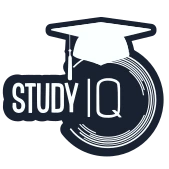The Seating Arrangement Questions for IBPS RRB PO and Clerk Exam 2025 play a crucial role in the reasoning ability section, often carrying a significant weightage in both Prelims and Mains. These questions test a candidate’s logical thinking, analytical skills, and ability to handle complex information under time pressure. Practising a variety of seating arrangement sets, such as circular, linear, and square arrangements, helps in building accuracy and speed for the exam.
Seating Arrangement in IBPS RRB Exams
Recently, the importance of seating arrangement questions has grown considerably in both the IBPS RRB Officer (Scale I) and Office Assistant (Clerk) exams. In the Prelims, candidates can expect approximately 10 to 15 questions dedicated entirely to this topic, making it a key area in the Reasoning section. In the Mains exam, these questions tend to be more challenging and are often combined with other puzzle types, testing candidates’ problem-solving abilities in more complex formats.
Types of Seating Arrangement Questions in IBPS RRB PO and Clerk Exam 2025
The IBPS RRB PO and Clerk exams usually feature a variety of seating arrangement patterns, such as:
- Linear Arrangement: People are seated in a straight line, either facing north, south, or in opposite directions.
- Circular Arrangement: Candidates are placed in a circular pattern, facing either towards or away from the centre.
- Square or Rectangular Arrangement: Often involves a mix of people sitting at corners and sides, with directional conditions.
- Dual Row Arrangement: Two rows of people facing each other, with clues relating to their positions and neighbours.
- Complex Arrangement: Seating combined with other attributes such as profession, age, colour, or city.
Seating Arrangement Questions for IBPS RRB PO and Clerk Exam 2025
Directions (1-5): Study the following information carefully and answer the questions given below:
Eight persons are sitting in a linear row and all of them face in the north direction. All of them have been tested for covid19. Four of them were positive and four were negative.
Note: If two persons have same result it means either both of them are positive or both of them are negative. If two persons have different results, then one of them is positive and the other is negative.
Only two persons sit between P and U who was found negative. S sits second to the right of U. R is an immediate neighbor of S. Only two persons sit between R and W who sits at one of the extreme ends of the row. Persons who sit at the extreme end of the row are positive. T sits fourth to the left of V. Both the immediate neighbors of U have same result. Q and S have the same result. S and P have different result.
Q1. Who among the following person sits exactly between Q and S?
(a) R
(b) T
(c) P
(d) U
(e) None of these
Q2. Which of the following pair of persons have the same result?
(a) V-W
(b) T-Q
(c) P-Q
(d) U-R
(e) S-V
Q3. How many persons sit between P and S?
(a) None
(b) One
(c) Two
(d) Three
(e) More than three
Q4. Which of the following statement is true?
(a) R sits immediate left of V
(b) Only one person sits to the left of T
(c) P is found positive
(d) U and W have the same result.
(e) None is true
Q5. Four of the following five are alike in a certain way and hence form a group which one of the following does not belong to that group?
(a) P
(b) T
(c) S
(d) R
(e) W
Directions (6-10)- Study the following information carefully and answer the given questions:
There are ten people A, B, C, D, E, P, Q, R, S and T sitting in two parallel rows. Five persons – A, B, C, D and E are sitting in row 1 and face north while P, Q, R, S and T are sitting in row 2 and face south direction but not necessary in the same order. Therefore, in the given arrangement each member seated in a row faces another member of the other row.
S sits one of the extreme ends of row. Two persons sits between S and the one who face C. B is immediate right of C. R faces A. R is not immediate neighbor of the one who face D. Q and T are immediate neighbor to each other. More than two persons sit between B and D. Q does not face person who sits immediate right of C.
Q6. Who among the following person sit immediate right of A?
(a) B
(b) D
(c) E
(d) P
(e) None of these
Q7. Who among the following person sits second to the right of one who face P?
(a) C
(b) A
(c) E
(d) B
(e) D
Q8. Four of the following five are alike in certain way based from a group, find the one that does not belong to that group?
(a) S
(b) D
(c) T
(d) R
(e) B
Q9. How many persons sit between Q and the person who face D?
(a) Three
(b) Two
(c) More than three
(d) One
(e) None
Q10. Who among the following pair of persons sit at extreme ends?
(a) S, Q
(b) P, R
(c) S, B
(d) A, D
(e) None of these
Directions (11-15): Study the information carefully and answer the questions given below.
Eight persons M, N, O, P, Q, R, S and T are sitting around a circular table. Some of them face inside and some of them face outside. All information is not necessarily used in same order. Not more than two adjacent persons face same direction.
One person sit between P and N. Q sits second to the right of N. Immediate neighbor of N face opposite direction to each other. R sits third to the left of S. R is not immediate neighbor of N and Q. T sits second to the right of O who sits second to the right of M. M sits immediate right of P. T is not immediate neighbor of R. M face outside.
Q11. How many persons are sitting between O and M when counted from right of O?
(a) One
(b) Two
(c) Four
(d) Three
(e) None of these
Q12. Who among the following sits 2nd to right of Q?
(a) O
(b) P
(c) N
(d) R
(e) None of these
Q13. Who among the following sits opposite to T?
(a) M
(b) N
(c) R
(d) O
(e) Q
Q14. Who among the following person sits 3rd to the right person who sits immediate right of M?
(a) Q
(b) S
(c) T
(d) O
(e) None of these
Q15. If Q and P interchange their positions, then who sits third to the left of Q?
(a) T
(b) Q
(c) R
(d) M
(e) None of these
Directions (16-20): Study the following information carefully and answer the questions which follow.
Eight persons are seated around a circular table at an equal distance and some are facing to the centre and rests are opposite to the centre.
F sits immediate right of H. D and G face same direction but opposite to that of B. A sits second to the right of the one who sits immediate left of E. H is an immediate neighbour of E. Both the immediate neighbours of A face same direction as A faces. B sits third to the left of C. Both the immediate neighbours of E face same direction. G sits third to the right of A who is facing opposite direction of E. D is not facing away from the center.
Q16. Who among the followings sits third to the left of G?
(a) A
(b) B
(c) E
(d) H
(e) None of these
Q17. How many persons are facing to the centre?
(a) One
(b) Two
(c) Three
(d) Four
(e) None of these
Q18. If ‘A’ is related to ‘H’ and ‘H’ is related to ‘C’ in a certain way, then ‘G’ is related to which of the following?
(a) E
(b) H
(c) F
(d) B
(e) C
Q19. Who among the following sits opposite to A?
(a) G
(b) E
(c) D
(d) C
(e) None of these
Q20. What is the position of B with respect to F?
(a) Third to the right
(b) Second to the left
(c) Second to the right
(d) Immediate left
(e) None of these
Directions (21-25): Study the following information to answer the given questions:
Eleven persons A, B, C, D, E, F, G, H, I, J, K are sitting in such a way that some are facing North and some of them are facing south. Not more than two consecutive persons face same direction. No two persons sit adjacent to each other according to the English alphabet (i.e., B does not sit adjacent to A and C and so on).
D sits 2nd from one of the ends and faces south. Four persons sit between D and J. Persons at both the ends face same direction as C who is sitting exactly in the middle of the row. Number of the persons sitting to the right of C is one more than those sitting right of J. Both C and J face opposite direction to each other. Two persons sit between J and K who faces same direction as C. E and H are neighbors of each other. Both G and I are immediate right to each other, one of them is next to C. Four persons sit between E and G. Immediate neighbors of D face same direction. A is not neighbor of D. Not more than four persons face south.
Q21. How many persons are facing north?
(a) 7
(b) 6
(c) 5
(d) 8
(e) None of these
Q22. Who among the following represents the pair of persons who are immediate neighbor of B?
(a) A-F
(b) G-D
(c) H-D
(d) J-C
(e) None of these
Q23. Four of the following five forms a group, who does not belong to that group?
(a) C
(b) K
(c) B
(d) G
(e) H
Q24. Which of the following pair represents the persons sitting at the ends?
(a) D-E
(b) A-B
(c) F-A
(d) G-B
(e) A-C
Q25. Who among the following sits 5th right to H?
(a) E
(b) B
(c) F
(d) G
(e) None of these
Directions (26-30): Study the following information carefully and answer the questions given below:
Eight persons are sitting around two square tables as one is inscribed in another one. Four persons sitting in inner square and all are facing towards outside and Four persons sitting in outer square and all are facing towards inside. The persons of outer square table are facing the persons sitting around the inner square table. All are sitting at the middle of each side of both squares. No one sit at corner of square.
H sits 2nd to the right of the person who faces I. P is neither an immediate neighbor of H nor S. S doesn’t face A who sits immediate left of H. Q faces the person who sits immediate right of R. B who faces outside sits immediate right of P. Q faces inside.
Q26. Who among the following faces S?
(a) B
(b) P
(c) Q
(d) R
(e) None of these
Q27. Who among the following sits immediate left of Q?
(a) P
(b) B
(c) S
(d) A
(e) None of these
Q28. Which of the following is true regarding A?
(a) A faces outside
(b) S sits 2nd to the right of A
(c) Q sits immediate right of A
(d) A and B are sitting in same square table
(e) None is true
Q29. Four of the following five are alike in certain way based from a group, find the one which does not belong to that group?
(a) A
(b) B
(c) Q
(d) S
(e) H
Q30. Four of the following five are alike in certain way based from a group, find the one which does not belong to that group?
(a) AS
(b) QH
(c) RP
(d) BI
(e) AH
Directions (31-35): Study the information carefully and answer the questions given below.
Seven persons sit around a circular table. Some of them face towards the center and some of them face outside the center. J and K sit immediate left to each other. M sits second to the right of K. Two persons sits between S and M. P sits third to the left of L who is not immediate neighbor of K. Immediate neighbor of L face opposite direction to L. Y face opposite direction to P. Immediate neighbor of Y face opposite direction to each other. Not more than three persons face towards the center.
Q31. Who among the following person sit second to the right of Y?
(a) J
(b) P
(c) S
(d) K
(e) None of these
Q32. How many persons face opposite to the center?
(a) Three
(b) One
(c) Five
(d) Four
(e) None
Q33. How many persons are sitting between S and P, when counted left of P?
(a) Four
(b) Two
(c) Three
(d) More than four
(e) None
Q34. Four of the following five are alike in certain way based from a group, find the one that does not belong to that group?
(a) Y-K
(b) K-P
(c) M-P
(d) L-S
(e) J-L
Q35. What is the position of Y with respect to K?
(a) Fourth to the right
(b) Immediate left
(c) Second to the left
(d) Third to the right
(e) None of these
Directions (36-40): Read the following information carefully and answer the given questions.
Eight persons P, Q, R, S, T, U, V and W sitting around a square table in such a way that four of them sit at four corners, who are facing towards center, and rest four who sits at the middle of the side, are facing outside the center. They were born on the same day of the same month but in different years. All their ages are to be considered from the base year i.e., 2018.
P is 10 years old and sits at the corner. Only two persons sit between P and the one who was born in 1991. W sits second to the left of the one who is 27 years old. V is 8 years old and sits third to the right of R. R does not sits at the middle of the side. S sits third to the left of the one who is 18 years old. Age difference between T and the one who sits immediate left of P is 18 years. R is 9 years younger than S who was born in 1988. Q sits second to the right of the one who is 4 years old. S does not sit at the middle of the side.
Q36. Who sits exactly between Q and the one who is 18 years old?
(a) P
(b) S
(c) R
(d) V
(e) T
Q37. Four of the following five are alike in a certain way based on their seating positions in the above arrangement and so from a group. Who among the following does not belong to that group?
(a) U
(b) Q
(c) The one who was born in 2010
(d) The one who is 21 years old
(e) W
Q38. What is the position of V with respect to T?
(a) Third to the left
(b) Immediate right
(c) Second to the right
(d) Third to the right
(e) Immediate left
Q39. How many persons sit between S and the one who was born in 1997 when counted right from S?
(a) None
(b) One
(c) Two
(d) Three
(e) Four
Q40. Who sits diagonally opposite to the one who is 10 years old?
(a) The one who was born in 1991
(b) T
(c) The one who was born in 2010
(d) R
(e) S
| Answers | |||||||||
| 01 | 02 | 03 | 04 | 05 | 06 | 07 | 08 | 09 | 10 |
| d | e | e | c | c | e | a | d | b | c |
| 11 | 12 | 13 | 14 | 15 | 16 | 17 | 18 | 19 | 20 |
| e | d | a | b | a | d | c | a | d | c |
| 21 | 22 | 23 | 24 | 25 | 26 | 27 | 28 | 29 | 30 |
| a | b | d | c | b | b | c | b | b | e |
| 31 | 32 | 33 | 34 | 35 | 36 | 37 | 38 | 39 | 40 |
| b | d | b | b | d | d | d | a | d | b |
Tips to Solve Seating Arrangement Questions Faster
Read all clues before starting: Understand the full scenario before jumping into placement.
- Start with direct clues: Place individuals with definite positions first.
- Use elimination method: Rule out possibilities to arrive at the correct positions.
- Practice direction sense: Always visualise who is facing which way, especially in circular/square setups.
- Practice mixed puzzles: Try puzzles that involve multiple conditions or combined arrangements.
- Revise with previous year papers: Review questions from past IBPS RRB exams to spot trends and common formats.

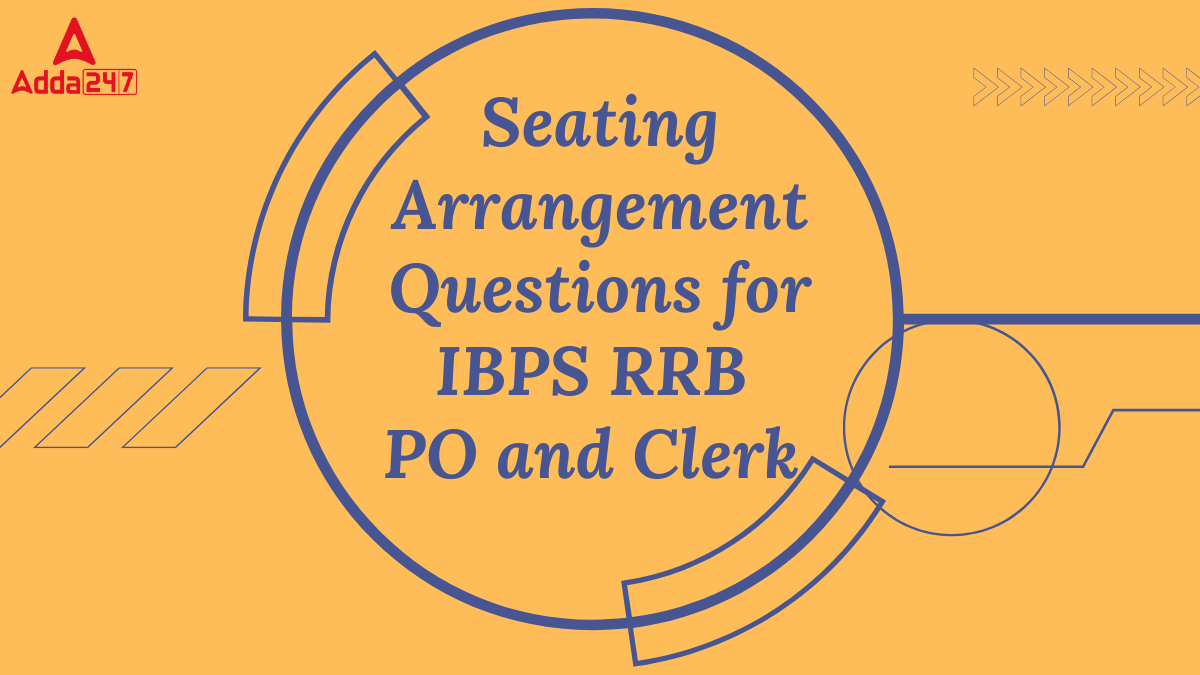

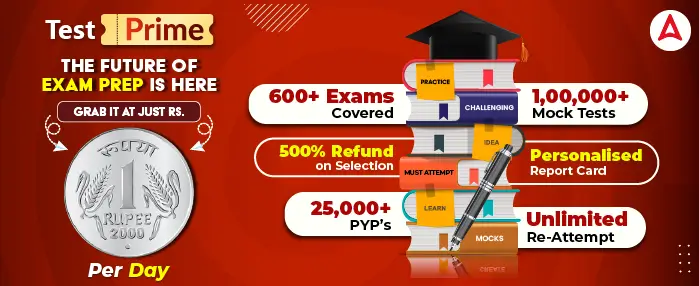
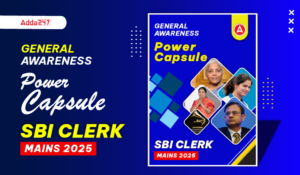 GA Capsule for SBI Clerk Mains 2025, Dow...
GA Capsule for SBI Clerk Mains 2025, Dow...
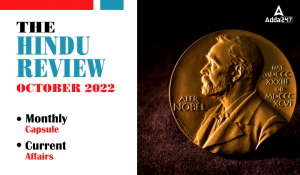 The Hindu Review October 2022: Download ...
The Hindu Review October 2022: Download ...
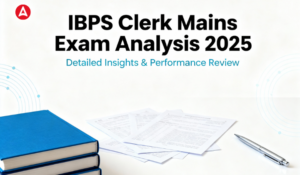 IBPS Clerk Mains Exam Analysis 2025, 29 ...
IBPS Clerk Mains Exam Analysis 2025, 29 ...

